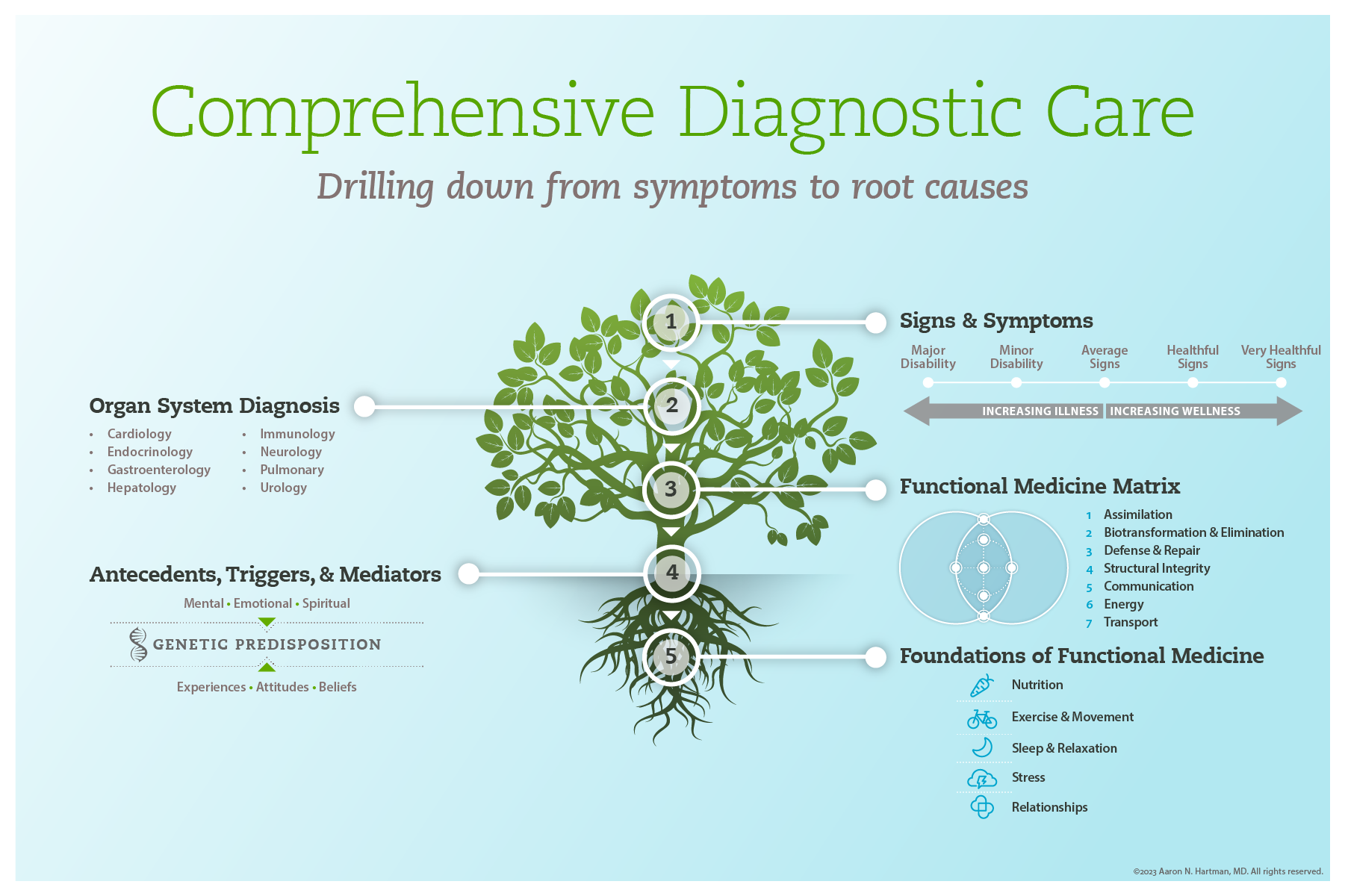Welcome to RIFM | Part 1:
Holistic Medicine:
A Better Standard of Care
Untangling Conventional, Integrative, and Functional Medicine to Select the Right Tool for the Job

Aaron Hartman MD
August 1, 2023
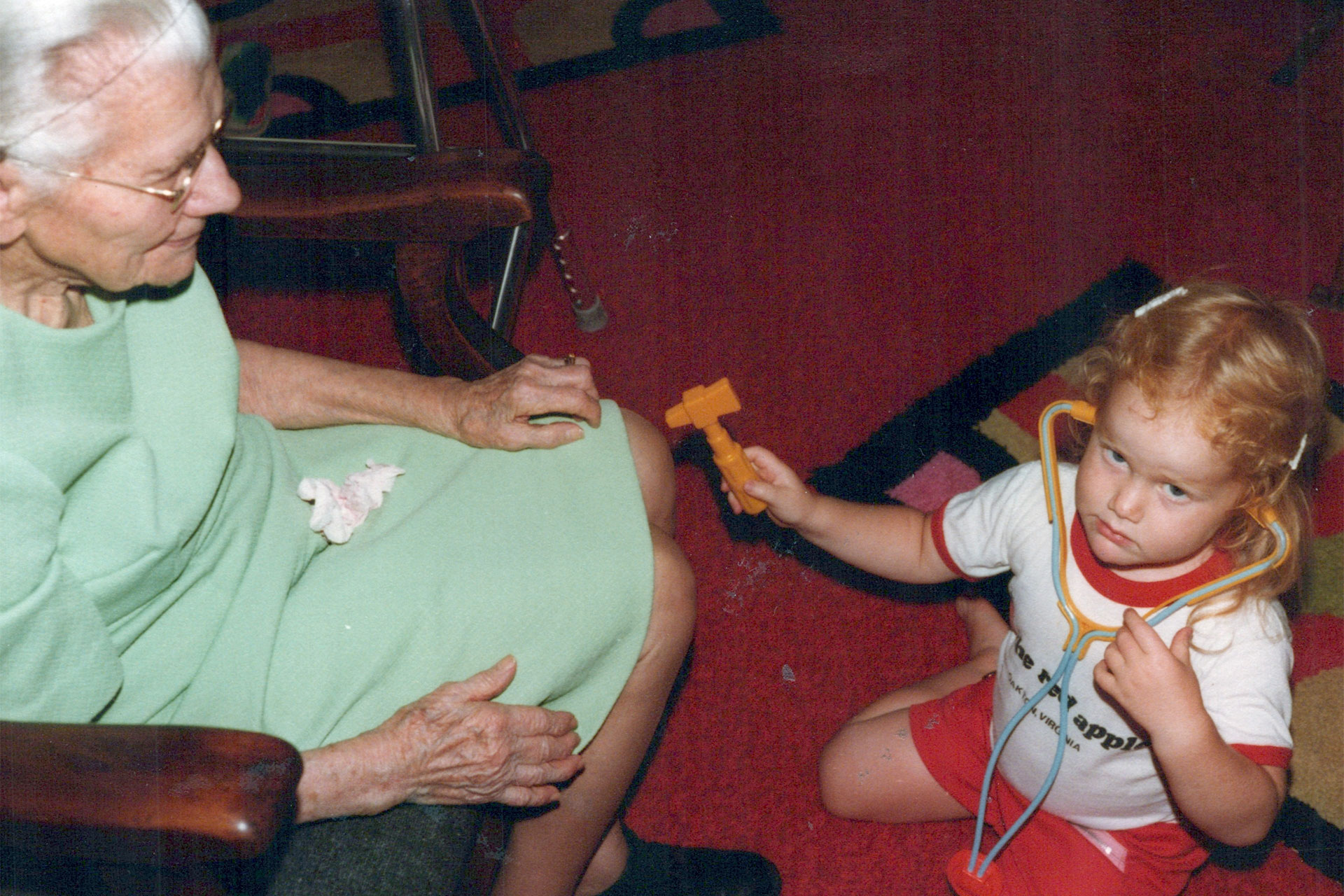
Becky’s Story
My wife once shared a cute story from her childhood that has stuck with me. When Becky was just 4 years old, she received a doctor's kit for Christmas. It was a simple set, but to her, it was a world of possibilities. Her great Grandma (a woman of great patience) became her first patient.
With the stethoscope around her neck and the reflex hammer in hand, Becky would listen to Grandma Perkin’s heart. Then, with a serious nod, she'd announce it was time for the reflex test. She'd tap the hammer against her great Grandma's knee and wait for the kick. But here's the funny part: my wife wanted a real reflex response. If her great grandma or any other adult exaggerated the kick, she'd get upset. She was serious about her role as a “doctor”.
Every examination was the same; every patient needed a reflex test. It was the only tool she knew how to use, so it was her go-to. There’s a saying you may have heard: “If all you have is a hammer, everything looks like a nail.” For little Becky, if all you have is a reflex hammer, every diagnosis requires a kick of the knee.
This isn't just a cute childhood memory, but a lesson that extends into real life, especially in the medical field. Doctors, like my wife as a 4-year-old, can fall into the trap of using the same solution for different problems. This is known as cognitive bias, and it can limit the effectiveness of treatment.
That's why it's crucial for doctors to use all the tools at their disposal. Conventional medicine has its place, but sometimes integrative or functional medicine might be a better fit. The key is to know when to use which tool. Just like my wife as a 4-year-old with her stethoscope and reflex hammer, we all start with a limited set of tools. But as we grow and learn, we can expand our toolkit, allowing us to better understand and solve the problems we face.
Definitions
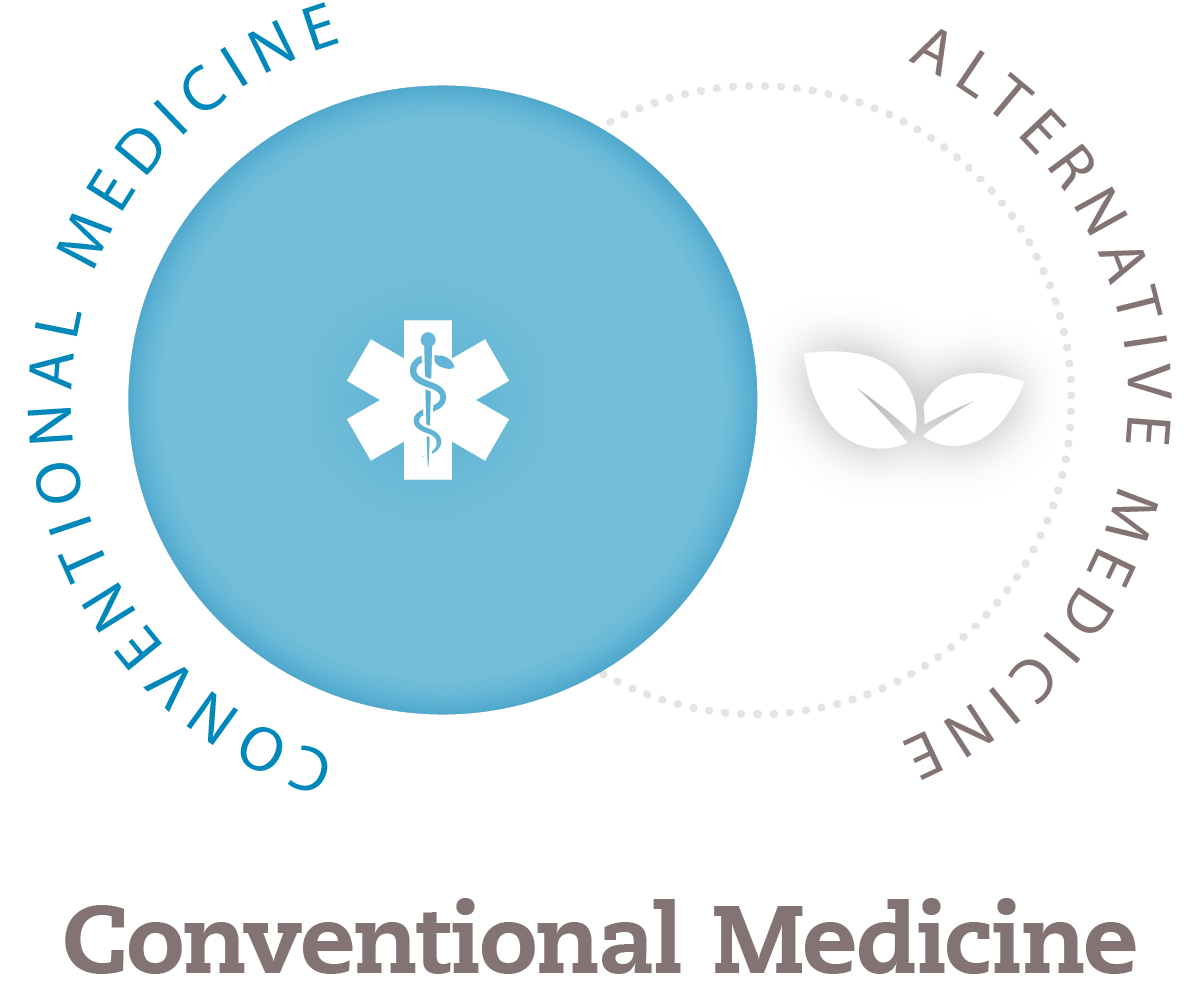
Conventional Medicine
Conventional Medicine matches symptoms with diagnoses and treatments designed to be effective for the largest number of people.
Conventional Medicine (also called allopathic medicine, biomedicine, mainstream medicine, orthodox medicine, and Western medicine) is the dominant model currently used by the majority of medical professionals in western countries. Conventional Medicine uses data-driven, scientific research to match patterns of symptoms with diagnoses and treatments that are the most likely to be effective based on research of large populations.
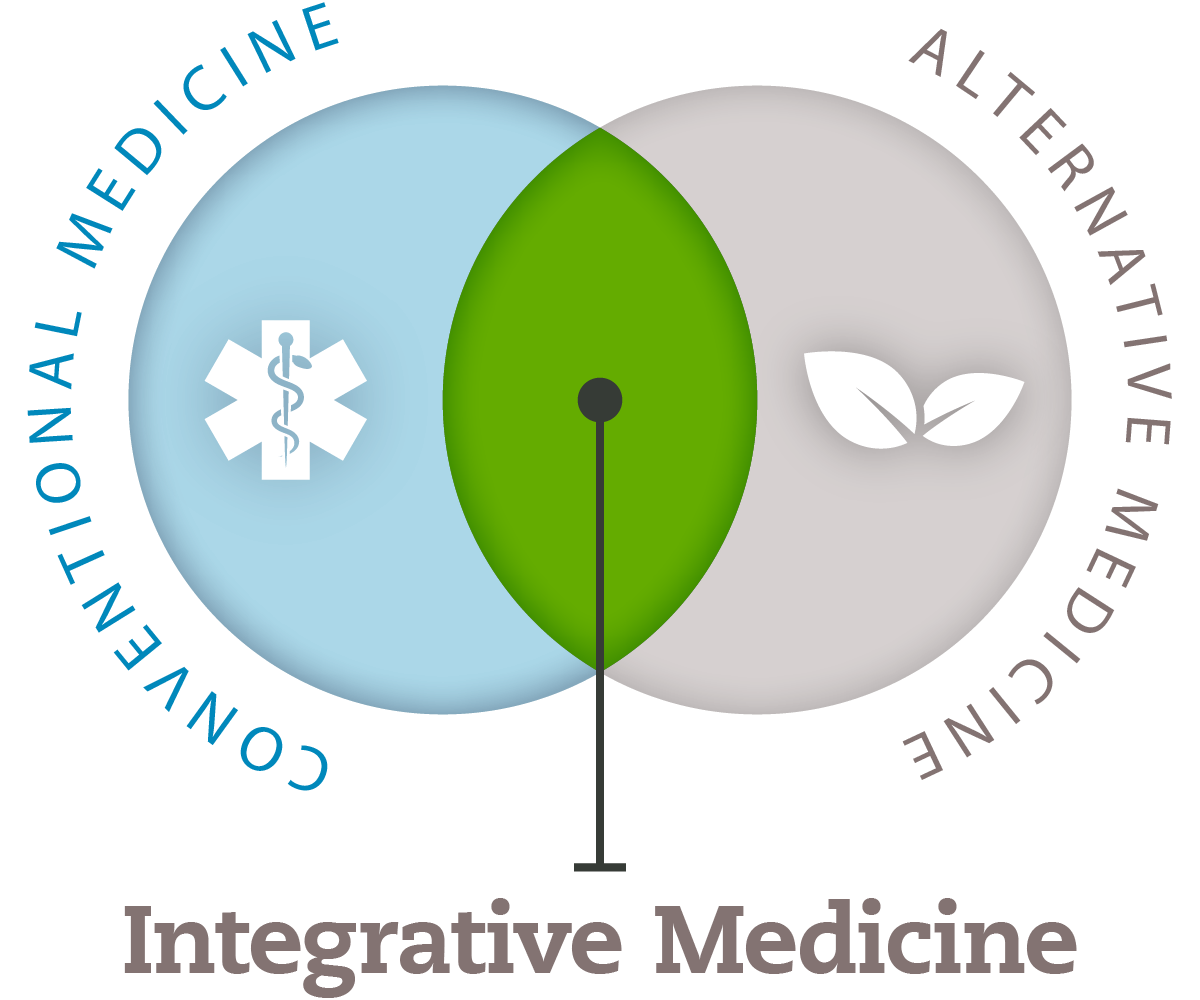
Integrative Medicine
Integrative Medicine is a combination of conventional medicine with complementary alternative medical treatments.
Integrative Medicine takes into account various healing traditions like Traditional Chinese Medicine, Natural Medicine, or Herbal Medicine. The underlying philosophy neither rejects conventional medicine nor uncritically accepts alternative therapies. It is inclusive of alternative medical traditions. Integrative Medicine encompasses a much larger realm than Functional Medicine and is not as doggedly adherent to published evidence as FM.
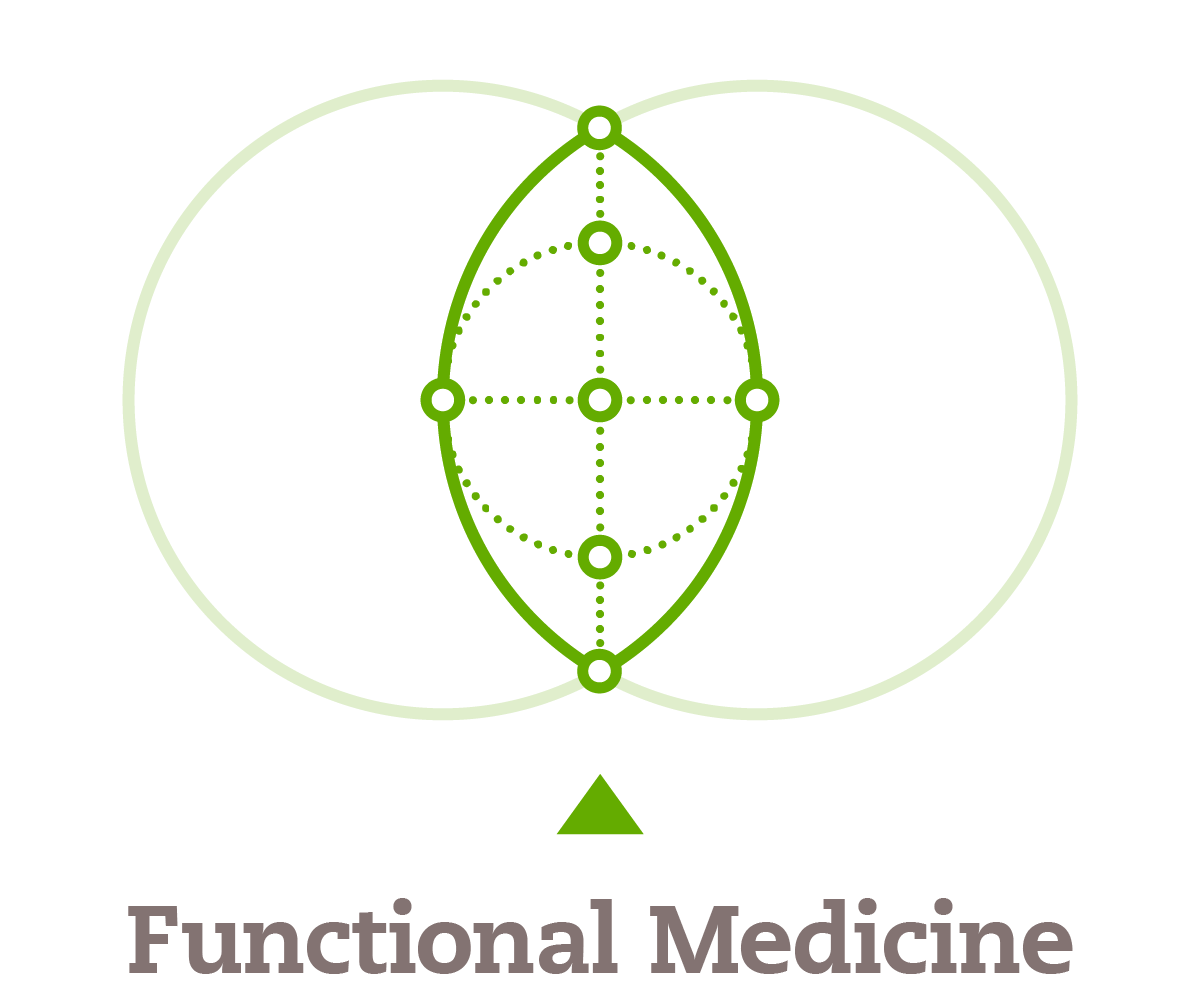
Functional Medicine
Functional Medicine is an evidence-based, systems biology approach to human health and disease.
Functional Medicine views disease as a continuum rather than a simple point in time in a person’s history of health. The Functional Medicine Matrix provides a framework for the interplay of body systems used to uncover the root cause of an individual’s condition, and then address the interconnected web of interactions necessary to restore and protect health. Functional Medicine also recognizes an individual’s biological uniqueness and takes into account their personal health history, disease progression, and treatment preferences.
Each of these models has a valuable place in the doctor’s toolkit. I am not here to take shots at Conventional Medicine. I am, however, taking issue with the current standard of care among many doctors who stop short at one model. This isn’t much different than little Becky expecting every doctor’s visit to include a swing of the reflex hammer.
To illustrate my point further, let me share a brief story:

Linda’s Story
Linda is a 43-year-old mother of three children — pre-teen through high school. She is tired all the time but has told herself that’s normal (what mother isn’t tired?). She has to pee frequently, but that has seemed normal since giving birth to her second child. Recently, however, she has been unusually hungry and thirsty but unexpectedly lost weight. She’s googled the possibilities and is worried about Type 2 Diabetes. She schedules an appointment with her doctor.
What is the correct tool (or set of tools) for understanding Linda’s symptoms?
Let’s look at diabetes through our three lenses to see a few different outcomes of Linda’s journey with her doctor(s):
-
Conventional Medicine Approach
Diabetes is a disease entity defined by a random sugar over 200, three fasting sugars over 125 or a hemoglobin A1c of 6.5 or greater. Once one of these levels is reached, a doctor will prescribe the first-line medication of metformin, and recommend diet and lifestyle changes. If adequate control is not reached, then second-line medications are prescribed (e.g. Januvia, Onglyza, Invokana, Jardiance). If these still don’t result in control, other medications and ultimately insulin is prescribed.
-
Integrative Medicine Approach
In addition to the above, herbals and supplements would be considered for treatment. Herbs like cinnamon, traditional remedies such as apple cider vinegar, and supplements such as berberine, alpha lipoic acid and curcumin have all been used to help with insulin resistance. Many diabetics have mineral deficiencies in B vitamins and magnesium as well as Vitamin D so these would be considered as treatment options. At times, a cleansing or detox diet will be implemented.
-
Functional Medicine Approach
Functional Medicine looks at diabetes through an individualized systems biology paradigm. Diabetes is part of a larger spectrum of diseases commonly called Metabolic Syndrome.
- One individual may have detoxification issues resulting in systemic vascular inflammation and insulin resistance.
- Another individual could have pancreatic or biliary insufficiency resulting in incomplete food digestion and inadequate nutritional absorption which can affect blood sugar regulation.
- Someone else could have an immunologic reaction with a certain food like gluten, causing vascular inflammation and insulin resistance.
- A fourth person could have all the above.
Depending on the specific metabolic issue, treatment may look vastly different for each of the four individuals above.
Additionally, the most recent FM literature suggests that insulin resistance is a spectrum in which an A1c over 5.5 or fasting sugar over 100 are markers of insulin resistance and treatment would begin at this stage rather than wait until the A1c is at 6.5.
If Linda knew all of this before scheduling her appointment, what kind of doctor should she have seen? Ideally, Linda would receive the best care from a doctor trained in all 3 paradigms.
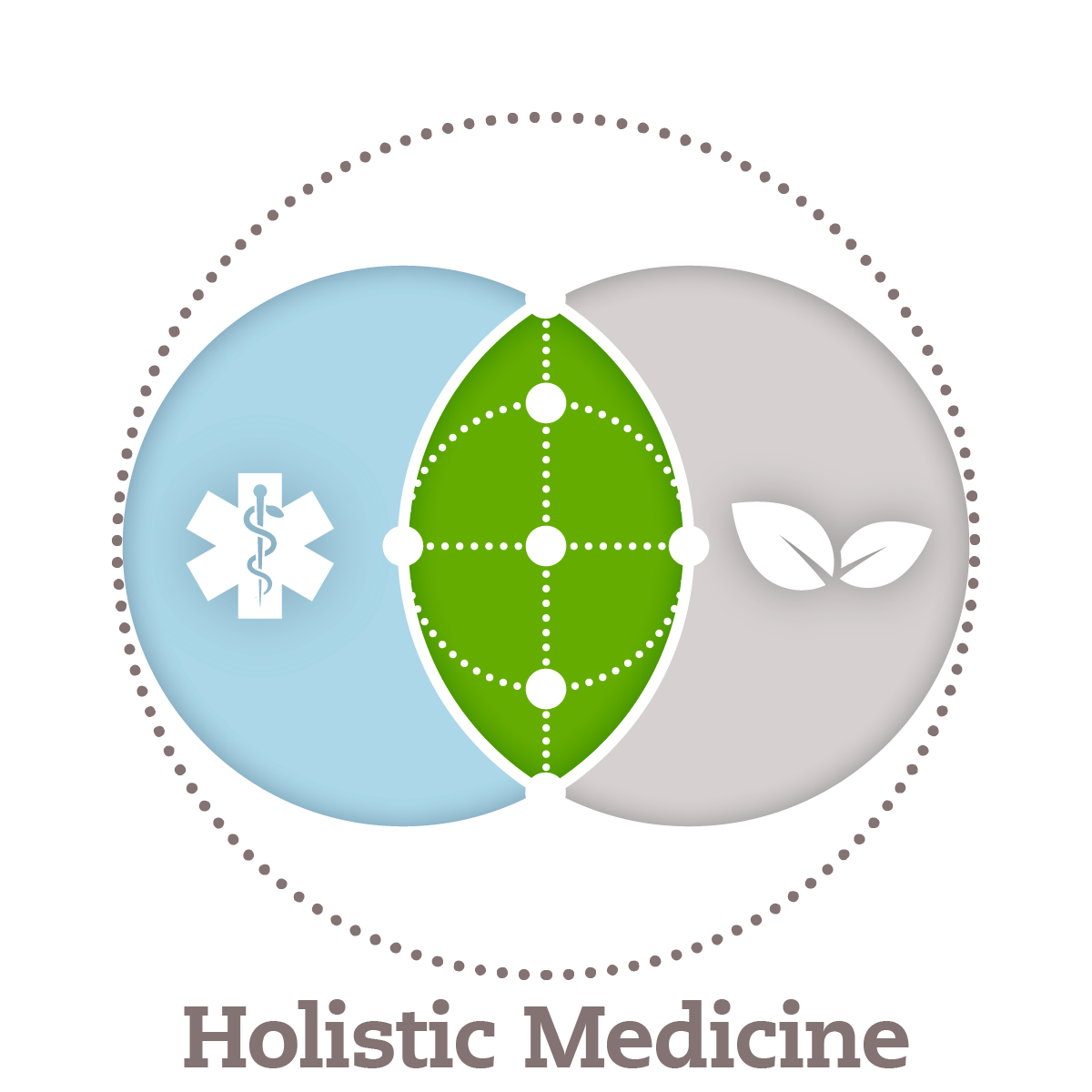
Holistic Medicine: A Better Standard of Care
The conventional model is not wrong, but it is insufficient by itself.
In isolation, Conventional Medicine jumps too quickly to a pharmaceutical treatment without adequately understanding the root cause of Linda’s diabetes. Yes, she has elevated sugar levels caused by insulin resistance, but what caused the insulin resistance? Is her current insulin resistance the result of years of sugar and carbohydrate consumption? Or, is her insulin resistance caused by food and environmental chemicals called endocrine disrupters? Underlying inflammation can contribute to insulin resistance as well as trans-fat consumption causing the cell membranes to harden and resulting in the ineffective working of any receptor (like the insulin receptor) attached to that membrane. Heavy metal exposures from arsenic (exposures include metallurgy or eating certain foods) or mercury (from silver fillings, solder in piping, consumption of high mercury seafood like tuna) are directly correlated to increased incidence of diabetes. Finally, chronic infections, like dental cavities or periodontal disease, are now known to be associated with uncontrolled diabetes and drug-resistant diabetes.
Something as basic as diabetes can quickly turn into a very complex disease process with multiple underlying causes and thus interdependent and interrelated treatment strategies. So, shouldn’t our medical practices reflect this known complexity in how we deal with patients and their chronic diseases? If research is uncovering this interconnected web of insults and disease states, shouldn’t our standard of care reflect this new-found knowledge?
Functional medicine is a model of care designed to move beyond merely treating symptoms. Instead, FM seeks to understand (and therefore treat) the root cause of disease and dysfunction.
Integrative Medicine is a model of care that respects treatments outside of modern pharmaceuticals. Diet, activity, stress, sleep, relationships all impact our bodies and are part of our problems and solutions.
I like to call this standard of care: holistic medicine — leveraging conventional, integrative, and functional medicine. Holistic medicine brings all the right tools to the job.
Don’t Miss Out
Sign up for our newsletter and be the first to know when Dr. Hartman posts a new article.
"*" indicates required fields
